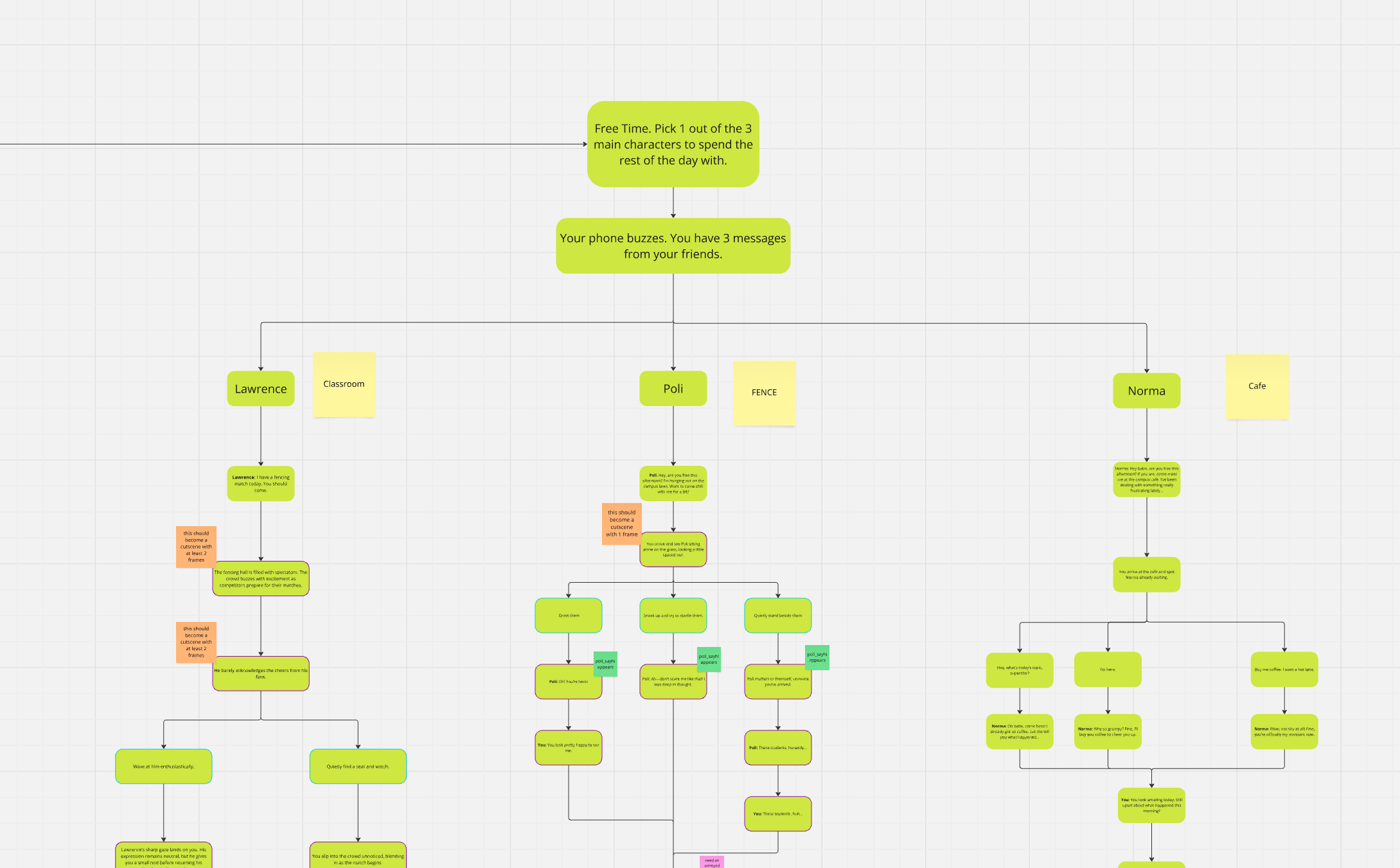GDC Feedback
During GDC, we received a lot of valuable feedback on our game.
Game Length & Pacing
- Game wasn’t too long; some players wanted to keep playing.
- Some felt the gameplay loop dragged, with too much reading and not enough action.
- Repetition in dialogue slowed pacing.
- Text speed could be faster.
UI/UX Improvements
- Font/Text:
- Font size is readable but could be slightly bigger (mobile can be smaller).
- Add a “click to show all text” option with a buffer to prevent accidental skips.
- Phone Interface:
- Allow clicking outside the phone to close it.
- Add a chat log or dialogue history.
- Make the phone icon and exclamation mark more noticeable.
- Include a back button on the phone and increase its size.
- Other UI:
- Speech bubbles are too round; adjust shape for better readability.
- Fix UI scaling (black screen not fitting properly).
- Add a quit button on-screen.
Dialogue & Narrative
- Subtext/Depth:
- Add more mystery or intrigue to encourage player curiosity.
- Make the speaker topic about transgender issues instead. It’s more relevant and realistic.
- Clarity & Flow:
- Distinguish player dialogue (e.g., with color) so it’s easier to track.
- Some character reactions (e.g., a “posh” character) could be more distinct.
- Characters info-dump rather than making the player investigate.
- Engagement:
- Some players felt gameplay was too passive (e.g., “wanted to punch the speaker”).
- Humor could help (e.g., joke about “going home after school” being unrealistic).
- The prologue may be too long.
Characters & Archetypes
- Stereotypes/archetypes were clear but players wanted deeper connections.
- Some relationships (e.g., siblings) should have more narrative impact.
- Suggestion: A character could react unexpectedly (e.g., “fall in love if you break rules”).
Gameplay Mechanics
- Review/Quiz:
- Review sections were helpful but could reward correct answers.
- A character could follow up on quiz performance (e.g., “How did you do?”).
- Avoid referencing terms (e.g., “academic freedom”) without prior explanation.
- Choices & Exploration:
- Add a “free period” to interact with multiple characters before deciding.
- Players should understand character motivations before making choices.
- Bugs & Fixes:
- Can’t replay after finishing (blocker bug).
- Fast clicks can lead to accidental dialogue choices.
Theme & Tone
- The game’s difficult topic was handled well, but some players disengaged due to pacing.
- Clarify how the phone ties into the story.
- Add visual storytelling (e.g., drawings, animations) to break up text.
Plan for Play Test Day
With Playtest Day coming up this Saturday, and Soft Opening just around the corner, the entire team regrouped this week after returning from various conferences. We held an in-depth production meeting to reassess priorities, especially in light of the structural changes we made recently.
We had two main goals for this meeting:
- Recompile all required assets and features based on the updated structure.
- Prioritize tasks to make sure everyone knows what to focus on.
Top Priorities: Interactivity and Narrative
The first priority is interactivity. Our programmer is currently fixing major bugs and adding essential features, such as a dialogue history system—a commonly requested feature from previous playtests. These improvements are being developed in tandem with UI design, ensuring that the overall user experience is smooth and intuitive.
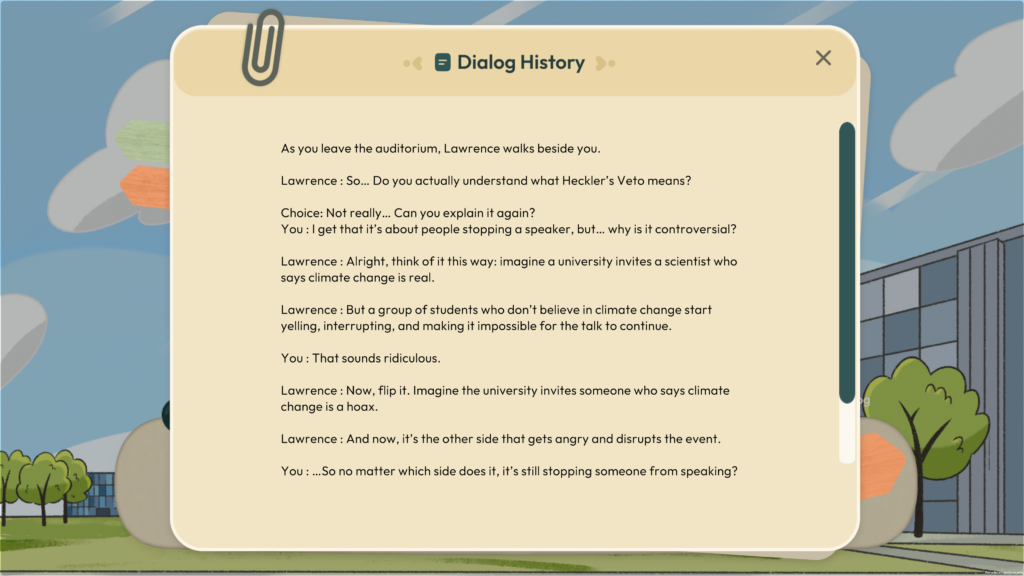
At the same time, we’re focusing on the heart of the game: narrative design. Following our established workflow, I wrote the first drafts of three character stories, which Moe reviewed, revised, and translated into flowcharts, complete with sprite annotations for each dialogue section to guide the programmer. These three afternoon events are each personal “dating” moments with one of the characters. The day starts with the character texting the player and inviting them to meet. Players can only choose to meet one. Each story is built around a dilemma the character is facing, and through dialogue choices, players shape how the conversation unfolds and influence the character’s impression and affection level.
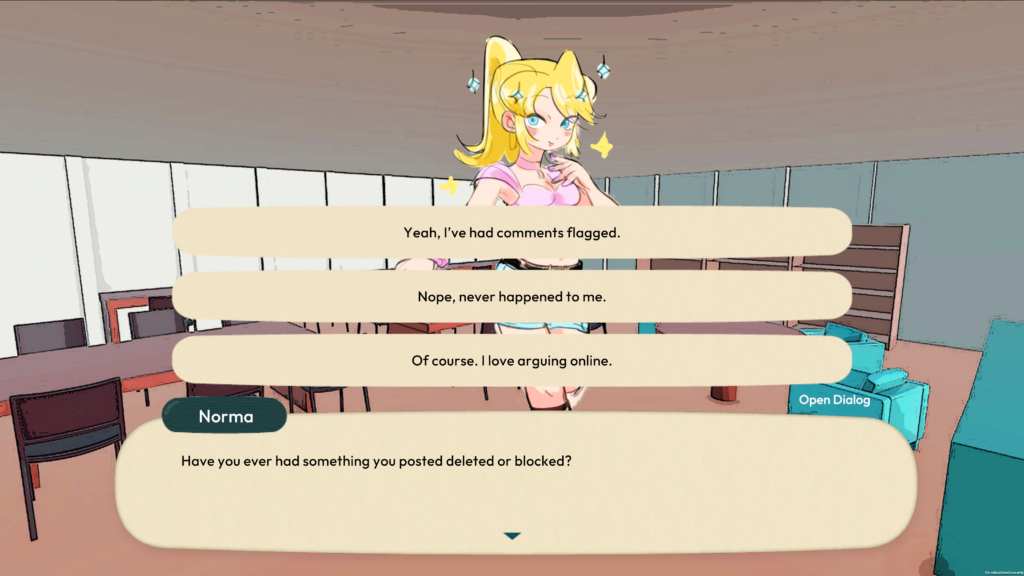
Visual Storytelling & Cutscenes
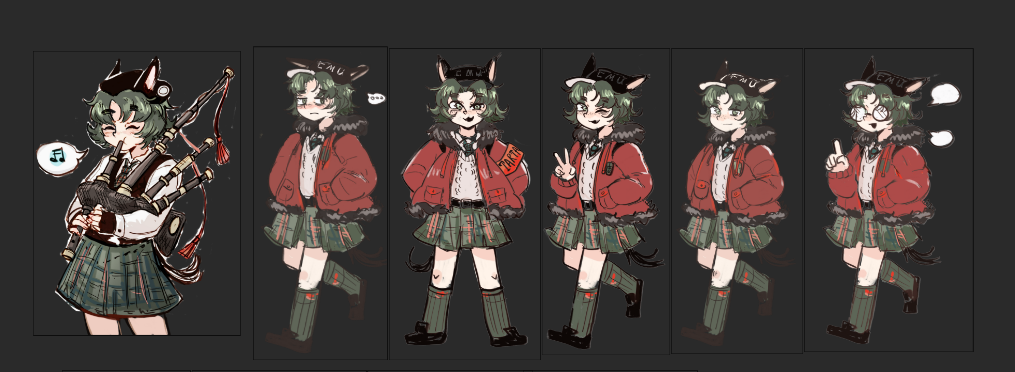
Character art is also a top priority, as visual storytelling is crucial for helping players emotionally connect with the narrative. We already had several character sprites ready, though they weren’t fully integrated in the last build. This week, we focused on filling in the missing art, particularly for cutscenes, which add more emotional weight than just switching between sprites. The process starts with Moe sketching out storyboards, which Enn then turns into final illustrations.
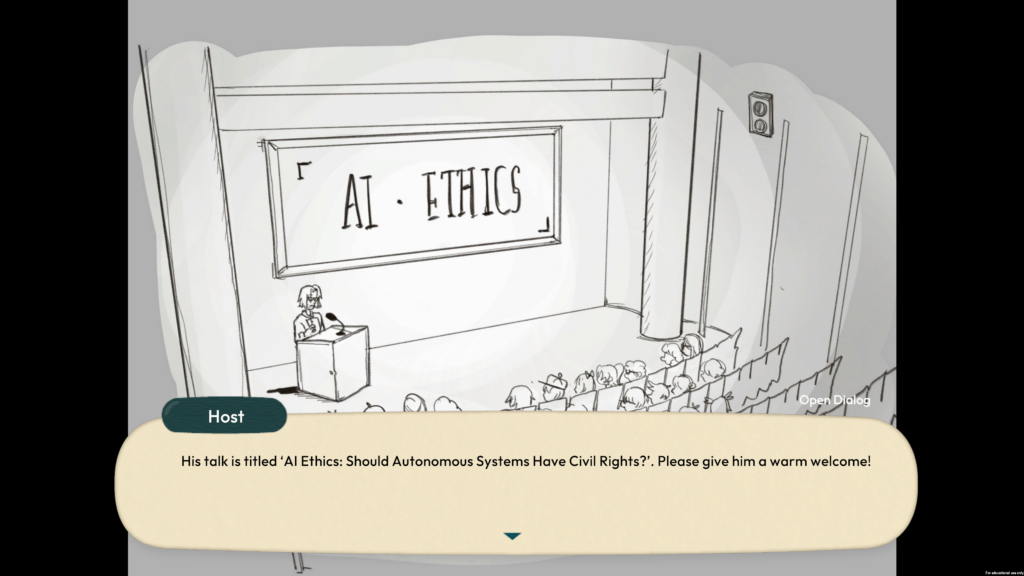
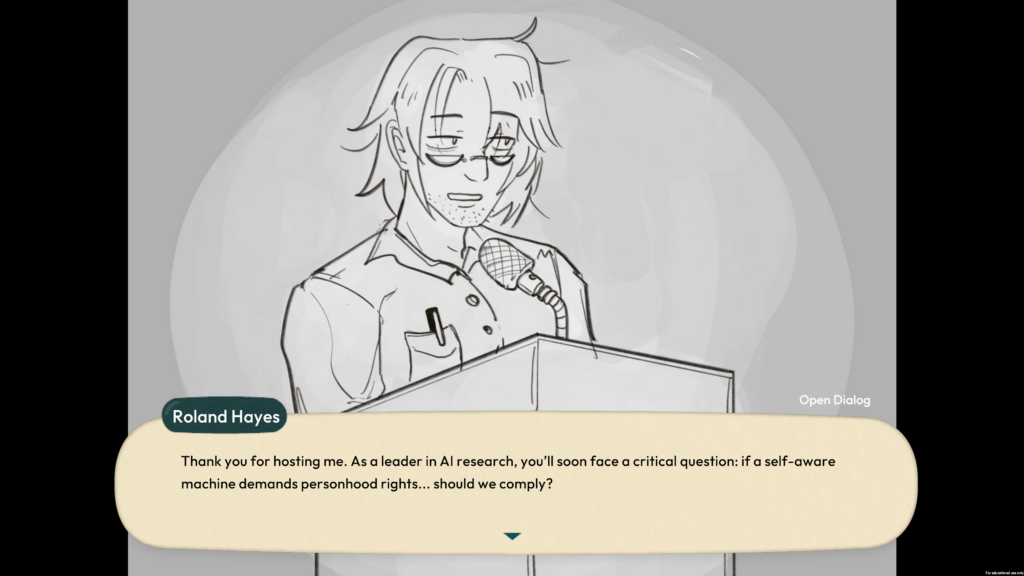
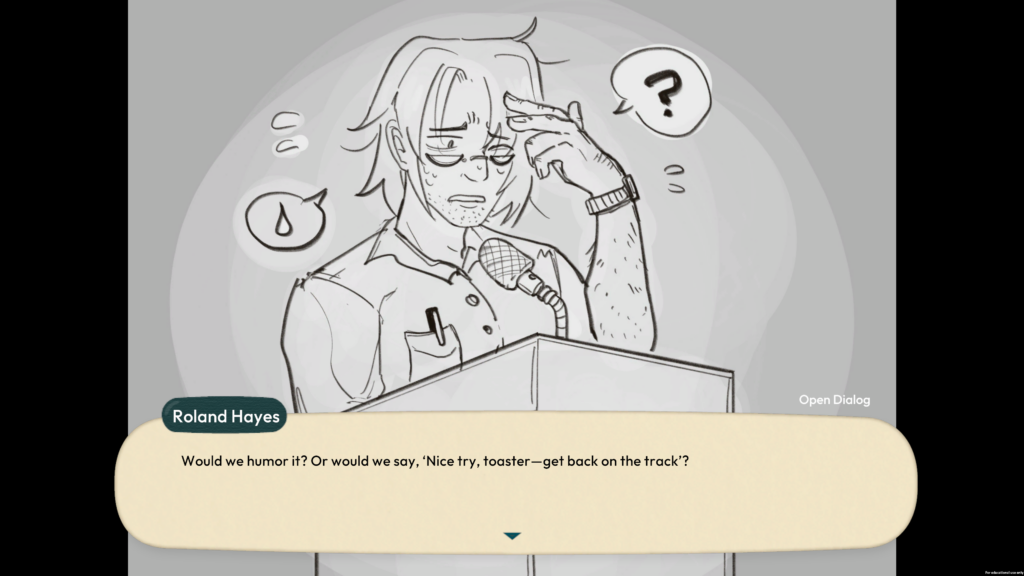
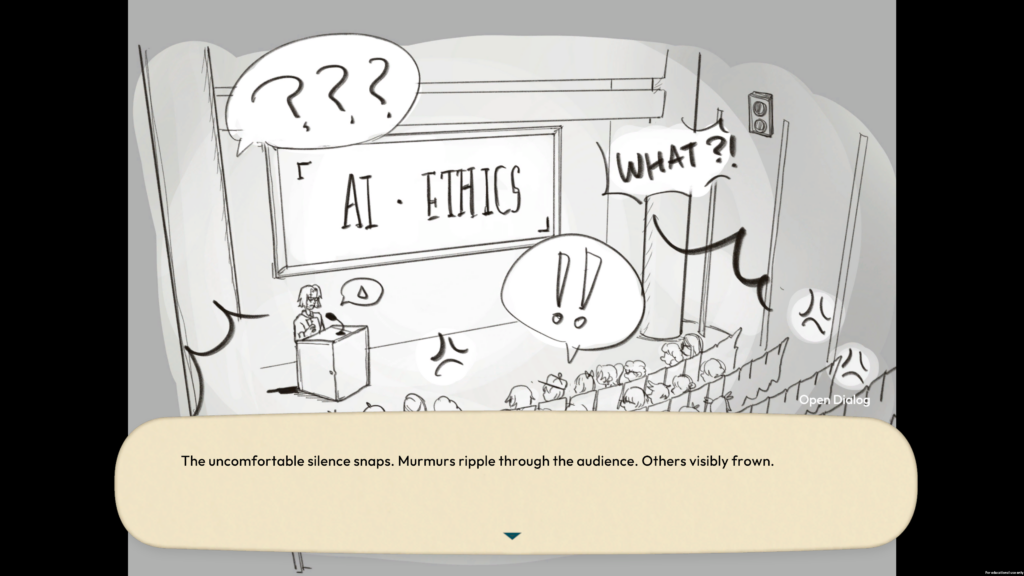
While background art isn’t as high a priority as characters or UI, we still wanted to replace the rough placeholders with something more polished before Playtest Day. Our part-time environment artist Lutong proposed an efficient workflow: she renders 3D models, then applies filters in Photoshop to give them a 2D painted look. This method is much faster and more performance-friendly than creating full toon shaders, especially since the backgrounds aren’t interactive.
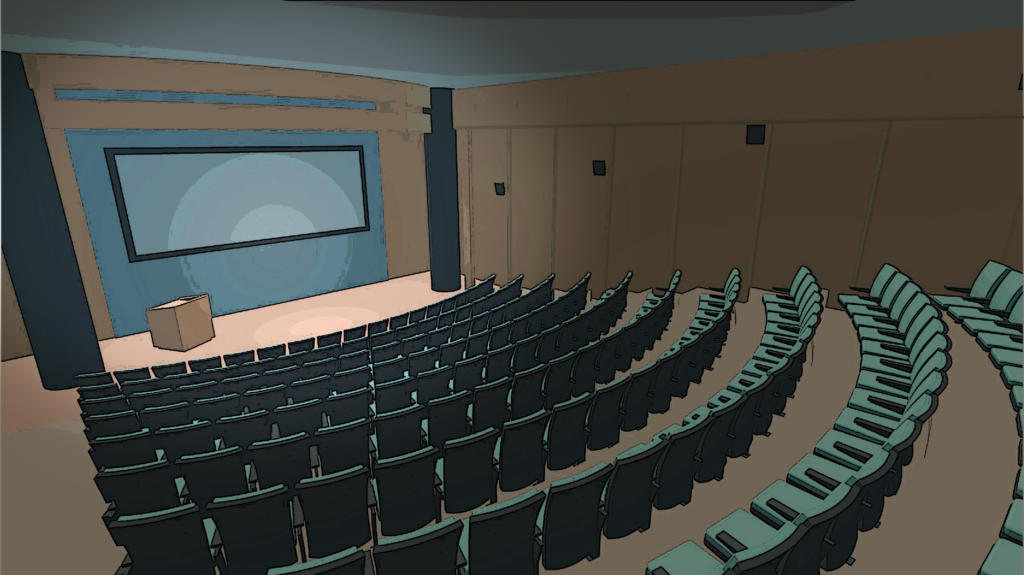
UI & Programmer Workflow
Our programmer’s workload remains substantial. Though the game’s mechanics aren’t overly complex, there are many supporting features we hope to include to improve flow and feedback. In addition to the dialogue history, we’re building out the map menu UI, character profiles, and other interaction systems. These tasks require close collaboration between programmer Jack and UI/UX designer Jiwon.
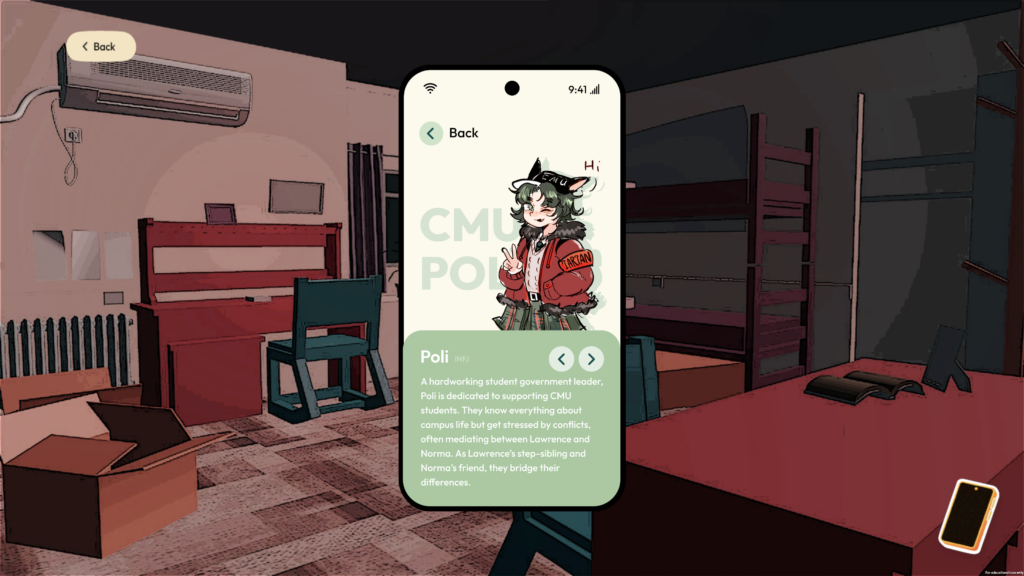
For non-collaborative work, team members work independently, but when someone holds multiple roles, we use the prioritization plan to help them sequence their work efficiently. So far, this production structure has been working well.
By Friday night, we had a narrative writer, a character artist, and a programmer working together to assemble the newest build, which now includes about 90% of Day One’s content.
Final Stretch to Playtest Day
Friday was a bit of a crunch. Integrating narrative and art into the game is a non-trivial task. We now have roughly 6,000 words of narrative, and the current build already includes the prologue and the mandatory morning event, totaling about 2,800 words.
The three afternoon character stories are intentionally shorter—around five pages each in the docs—but converting those into in-game dialogue still requires multiple steps.
- First, all dialogue and choices must be built into flowcharts, with each branching path clearly defined. Even though the writer understands the flow internally, it’s unreasonable to expect the programmer to parse it directly from the document.
- Second, every point where a character sprite or cutscene should appear must be clearly marked within the flowchart in Miro, so the programmer knows what to place where.
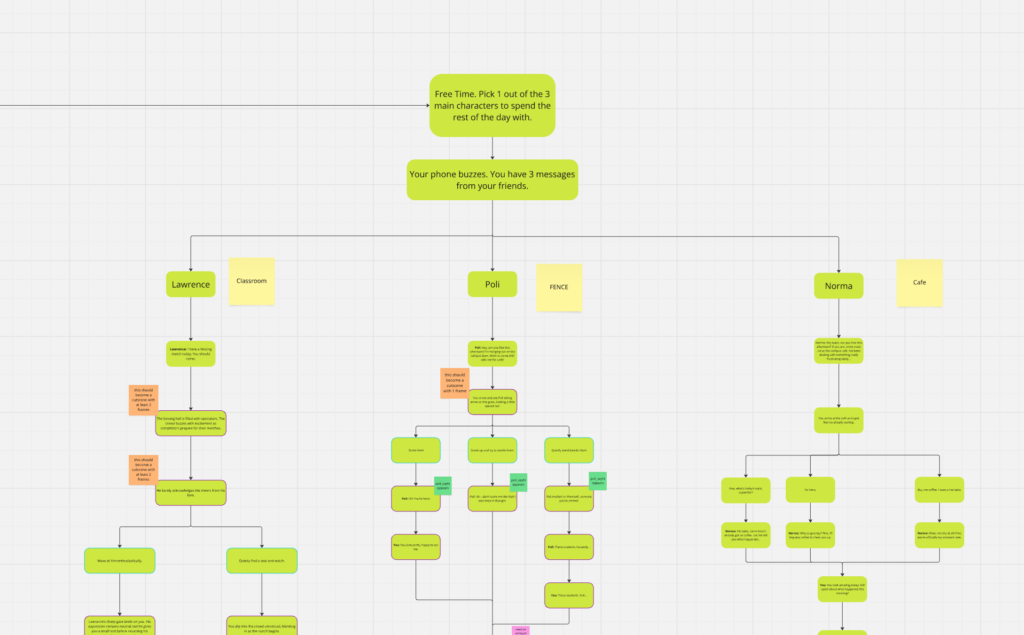
Because the team was incredibly busy this week, Moe, who usually handles this, prioritized background art and passed the flowchart task to me. While working on it, I realized that three emotion sprites per character weren’t enough to reflect the full range of expressions in the story. I reached out to our character artist for a few emergency emotion sprites—like sighing or being serious—so we could improve the delivery for Saturday’s playtest.
Looking Ahead
Thanks to everyone’s teamwork and relay-style collaboration, we’re on track for Playtest Day. After the session, we’ll regroup, collect feedback, and re-prioritize once again as we enter the final sprint toward Soft Opening. 💪
